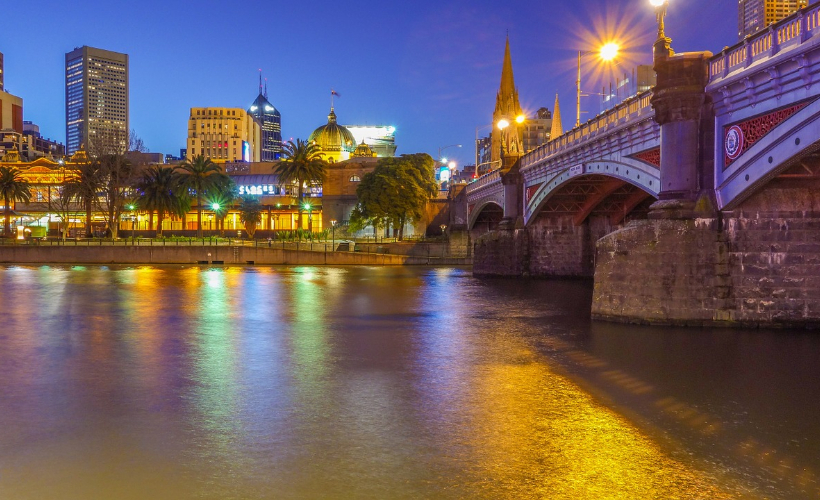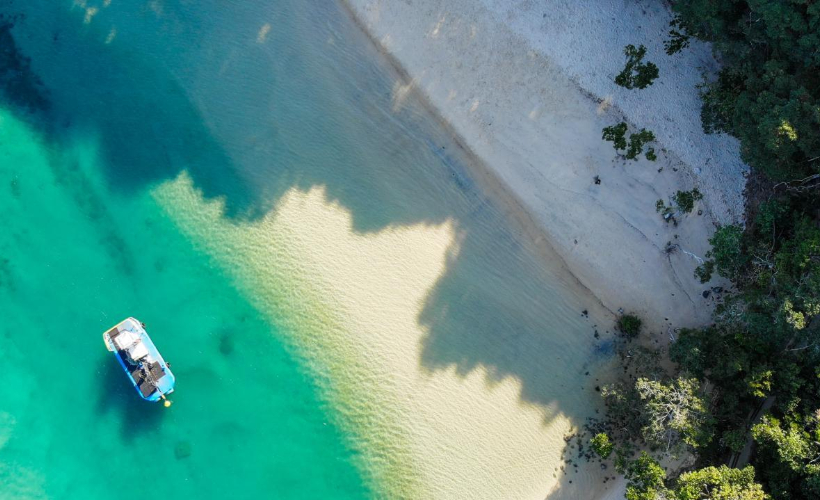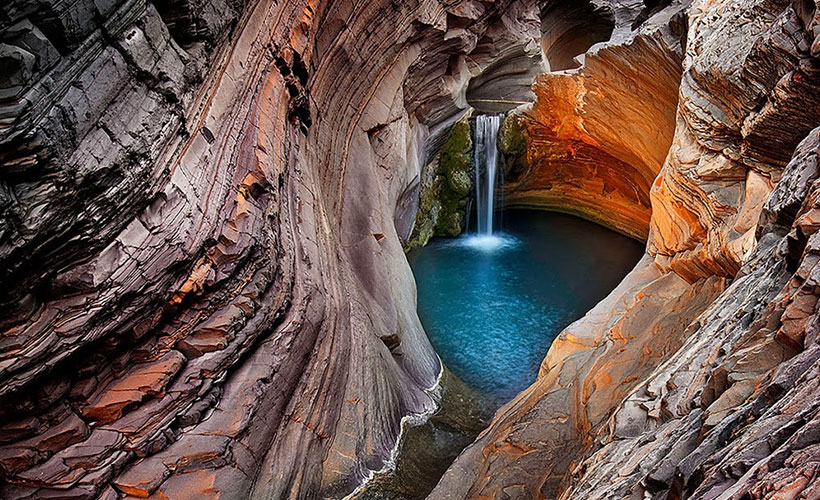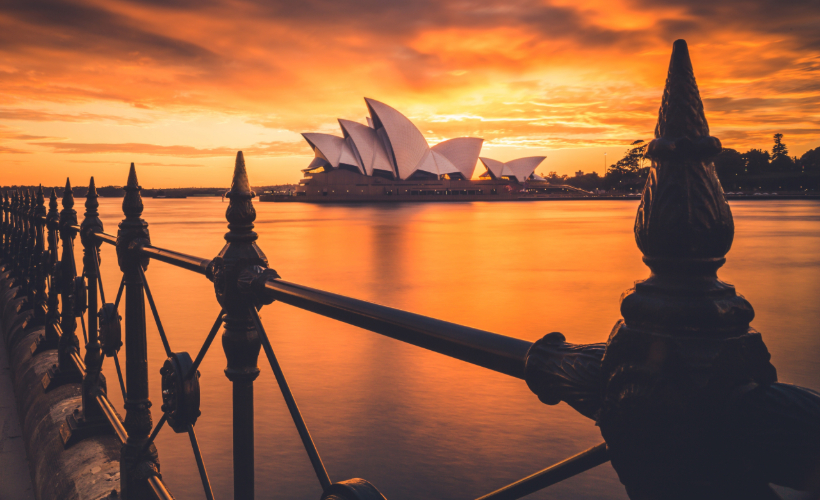
If you’re thinking about travelling to Australia, you’ve no doubt heard some of the urban myths about the country. Australians are proud that their country’s home to some of the most dangerous wildlife while also having the most beautiful beaches. They all have a firsthand tale about a brush with danger, but the reality can be much more mundane.
This rich history of storytelling doesn’t make it easy for women travellers to navigate the country safely when visiting Australia. So here are some common myths you might hear and how seriously you should take them if you want to have a safe trip down under.
Myth 1: A Redback Spider bite will kill you
Also known as the Australian Black Widow, Redback bites can be life-threatening to a child or pregnant woman, but if you’re an adult who’s not with child, a bite is rarely serious. Some literature says an adult human can experience up to six bites before death. Although venomous, you’re not going to immediately collapse if you get bitten by a Redback. Keep calm and apply a cold compress to relieve the pain while waiting for medical attention.
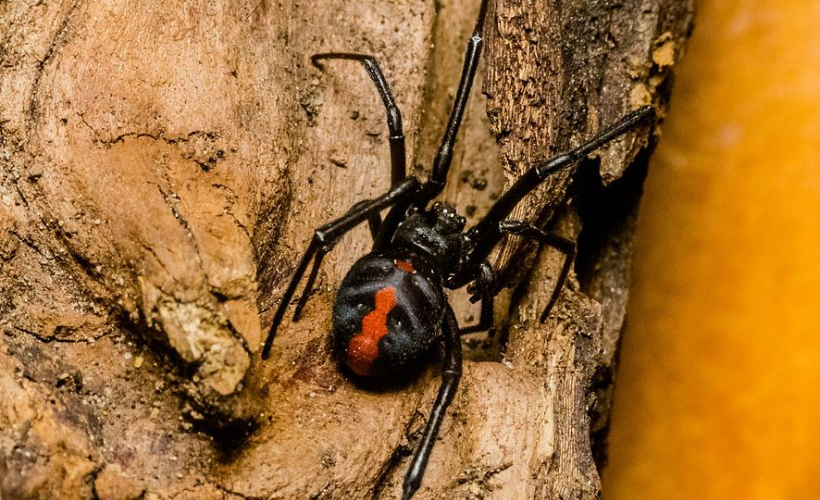
Myth 2: You can’t drink the tap water
Australian tap water is subject to Australian Drinking Water Guidelines and is drinkable directly from the tap. There are small amounts of chlorine added to the water, and some states add fluoride to the water to protect teeth. If you’re not comfortable with this in your drinking water, bottled water is freely available.
Myth 3: Aussies are unfriendly
Not true as long as you mind your manners while visiting. Aussies can be touchy about some things, like queuing etiquette. If you’re queuing for the toilet or lining up for entry onto a ride, stay in line. Aussies are used to wide open spaces, and they’re never in a rush, so wait your turn and don’t crowd, and you’ll get along fine!
Myth 4: Australia is a small country
Australia is an island, but it’s certainly not small. There’s no such thing as day-tripping interstate. If you’re planning on visiting another city, check the travel times between sites and be mindful of the time differences. If the state has implemented daylight savings, the time differences can be even stranger, with clocks wound back an hour or two to take advantage of evening daylight.
For instance, Ayers Rock isn’t just around the corner from Alice Springs. It’s a day trip out and then back into the town. Many tourists will stay in accommodation on the edge of the park so they can see the rock at the best times – sunset and sunrise.
Myth 5: All the beaches are safe
This belief leads to many tourists getting caught out in the surf. Even though there may be lifeguards, it doesn’t mean the beach is safe. Aussies learn to swim in primary school, and a majority spend a large amount of time at the beach, and even they still get caught out when the weather is rough or when they visit an unknown beach.
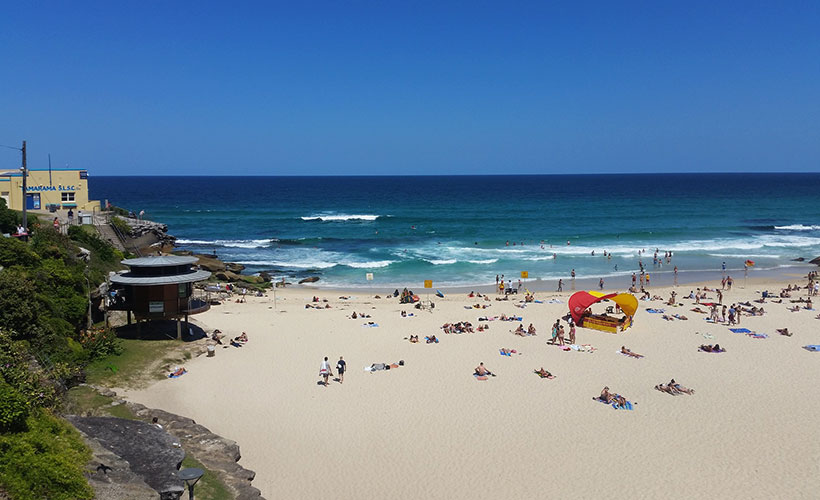
Keep in mind if you’re a weak swimmer, or if you’re not confident in the water, choose your beaches carefully and always swim near other people. That way, if you do get into trouble you’ll be able to call for help.
If there’s one thing Australian’s are good at though, it’s safety. If you’re not sure if a beach is open for swimming, simply look for a sign.
Myth 6: The toilets flush backwards
While the Coriolis effect is real, the energy in the flush of a toilet isn’t strong enough to produce it. You may see the toilet flushing left or right, depending on the toilet itself.
Myth 7: The money looks fake
The Australian government issues money made from a special polymer (plastic), and each denomination has a different bright colour. This makes it look a little like the play money you find in a kids toy, but it’s normal to them. On the plus side, the polymer notes are cleaner than paper notes, more durable, and easily recyclable.
Myth 8: They mostly eat beer and meat pies
While beer and meat pies are a staple of many Aussie diets, they’re also a foodie nation with among the highest amount of restaurants per capita in the world. If you’re in a capital city, you’ll be able to find any type of cuisine you fancy. However, if you’re in regional areas, the variety might be a bit tight, but Australians have a strong focus on local produce so you won’t have far to look to find a local speciality.
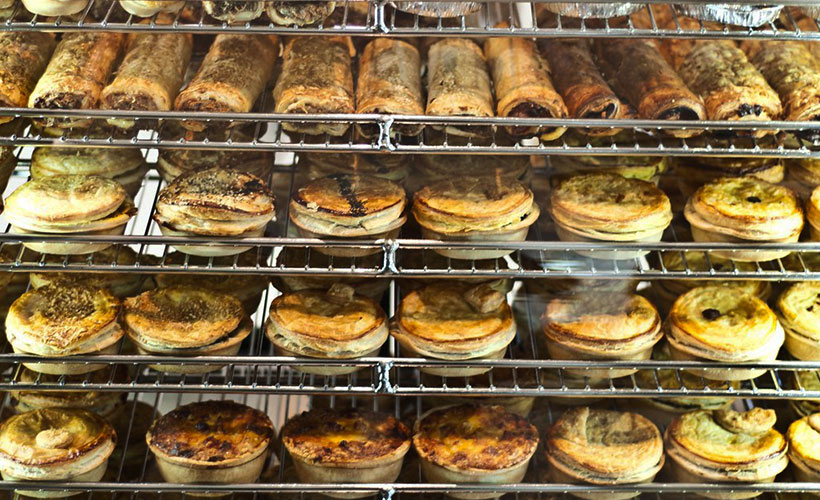
Myth 9: They all live on huge properties
They don’t all live on sheep farms, but the average Aussie has 89 square metres of floor space in their home. This leads the pack internationally, with the USA following close behind. Inner city living has a much smaller floor space, but once you get out into the suburbs, the houses will have larger gardens than the typical Asian home.
Myth 10: They all know how to wrangle snakes
Don’t rely on your average Australian to step up and remove a snake from the vicinity. You’ll find most are as scared as any tourist when it comes to finding a slithering snake wherever they are. They rely on professionals to remove snakes from homes and businesses, who then re-home them in their natural habitat.
If you’re not sure about something you see in Australia, just ask a local. Australians are very helpful and love a good chat. Just beware they may spin a yarn (tell a tall tale) for a laugh.

